
Dance Art Practice
Listening-Making-Archiving:
The Kinaesthetic Dancing & Drawing
Listening ---------------- Archiving
(attending) ------------ (moving/drawing)
when I am listening, I am attending;
when I am listening, I am responding;
when I am listening,
I am attending to both the sound,
and my responding movement,
or my kinaesthetic sensation;
so I can choose what moments, what movement,
and what sensation to archive, or, to re-visit.
When I am archiving, I am repeating the movement;
When I am repeating the movement, I am drawing the movement with my body, simply and variously,
and it cultivates as a quality of calligraphy in movement,
also, transforms into another art format – charcoal drawing.
The thing I am listening to is my dancing partner,
and my movement is my response in our interaction/dialogue.
A musician writes:
“How is it that sound has such a particular impact, a capacity to affect us, which is like nothing else, and is very different from what has to do with the visual and with touch? It is a realm we still do not know.” (Nancy, 2007: 10)
This explains why I found listening interesting in terms of the impact of listening. “Ears don’t have eyelids. (Nancy, 2007: 14)” “Ears are always open. The whole body listens. You are affected by sound at every moment, even when sleeping. You are touched by sound, regardless of whether you are consciously listening. (Olsen, 2014: 105)”
Two different ways of Listening
Literal sense
It means the simple nature of the sensory, and the
aural experience of it.
Metaphorical way
It includes a sense of attentiveness, being alert and
curious about what is happening, being attentive to
the kinaesthetic sensation...
What I am Listening to
Aural: the sound from the surrounding
Metaphorical
my body response/movement
my kinaesthetic sensation
How I am Archiving
Drawing
charcoal drawing: after I archive the movement and cultivate as the calligraphy quality of moving, the abstract lines in the space (which is, my calligraphy body drawing quality of moving) just becomes so clear that I am opening my eyes to draw the charcoal and the drawing is outcome-oriented because I am clear what the drawing would be like.
Moving/Dancing
repetition: simply repeat the movement
variety: the same movement with different body parts, or different rhythm, speed, etc.
calligraphy: apply my experience in 2D charcoal drawing to 3D body calligraphy drawing, a quality of calligraphy moving
Charcoal drawing helps me to progress the body moving/dancing with a quality of calligraphy drawing.
Ingold (2007: 133) mentioned that calligraphers reproduce in their gestures the rhythms and movements of the world. “The lines should move like them (two snakes fighting)(Yen 2005: 85).” There is a quality of simplicity and a spirit of zen in calligraphy. This kind of archiving is “moving as calligraphy all the time”, as Matthias said that “listening to movement is calligraphy (Sperling, 2016).”
According to Ingold (2007: 133) that “the Chinese calligraphers, while ostensibly writing, were also drawing what they observed.” When I am moving in the quality of calligraphy, I am imagining that I am drawing the three dimensional space with my body movement, with the previous experience of charcoal drawing on two dimensional paper as a progressing and supportive transformation. “Drawing’s very uniqueness among the visual arts lies in its expression of time and movement (Rawson 1979: 24).” “Drawing is closer to music and dance than it is to painting or photography. The photograph arrests time, says writer and critic John Berger; the drawing flows with time. The drawing that tells is not an image, nor is it the expression of an image; it is the trace of a gesture (Ingold 2013: 127).” The expression of my body drawing in calligraphy quality also flows with time, and the outcome of my charcoal drawing archives a specific moment in time and space, it represents the trace of a gesture.
Ingold (2013: 128) writes that drawing that tells is a correspondence, of kinaesthetic awareness and the line of flight. It is a process of thinking, not the projection of a thought. “The thinking process turns into an act of waiting, listening, collaboration and dialogue one gradually learns the skill of co- operating with one’s own work (Pallasmaa 2009: 111). “In this drawing- thinking you become what you draw: not in shape but in affect (Berger 2005: 126).” You know it from the inside, and in your gesture you relive the movement. Drawing is transformative (Cain 2010: 76).”
Ingold (2013: 136) said, “look at nature, as landscape, and there are, as Goya said, no lines to be seen. They exist only in its graphic representatives. Look with it, however, as a manifold of earth and sky, join in the movement of its formation, and lines are everywhere.” This statement implies in my calligraphy drawing quailty of movement that the drawing lines are everywhere (in my movement), and the charcoal drawing is helping me along the way to make it visible to support me the embodying experience.
Special thanks to Siobhan Davies, Kirsty Alexander, Matthias Sperling, and Ben Skinner for their artistic inspiration in this project.
(Below is the collection of kinaesthetic charcoal drawing, please click on the image to flip pages, or go to
http://www.jodiejudylu.com/charcoal-drawing-art-work/
to see them all at once.)

















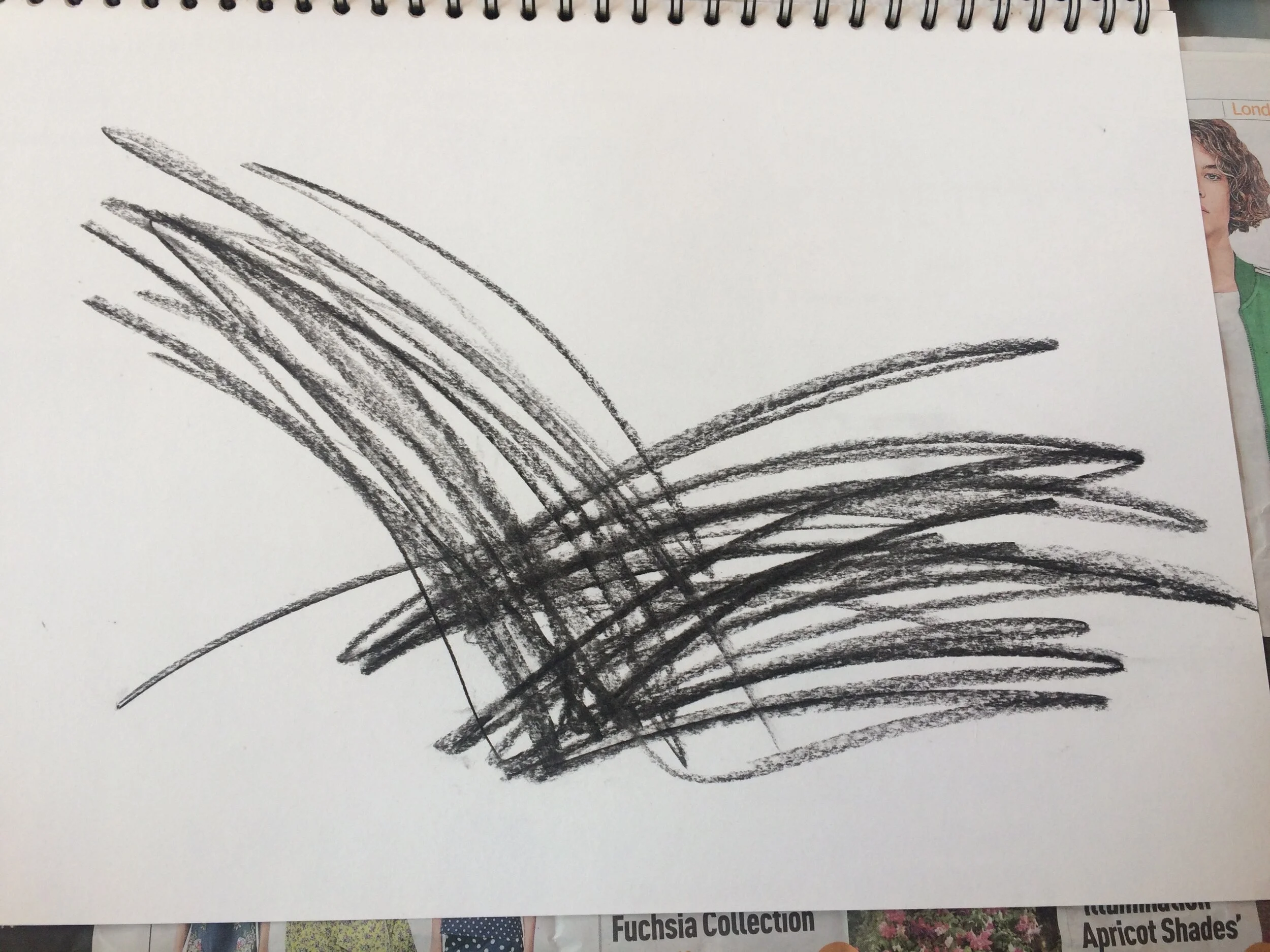








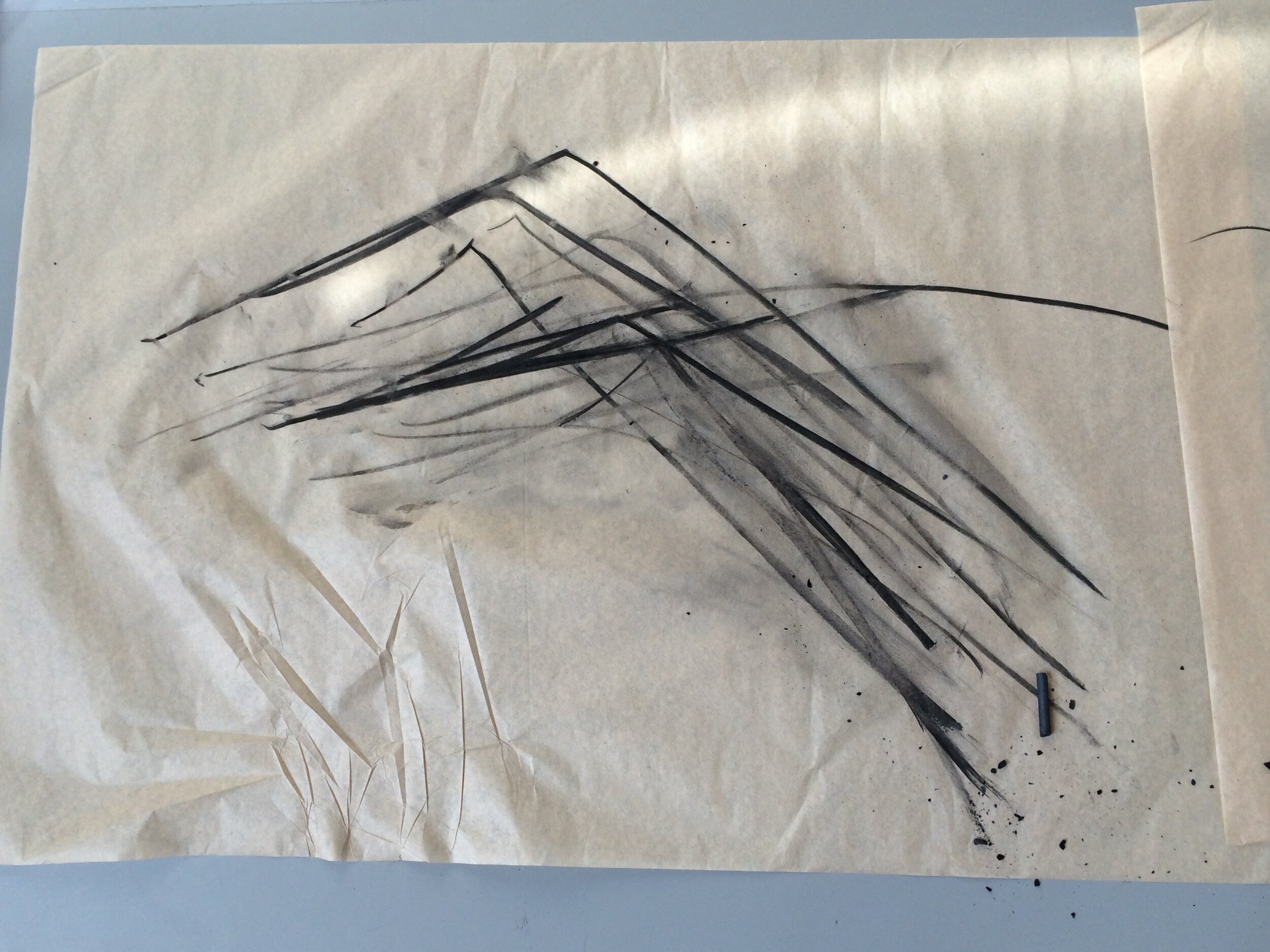




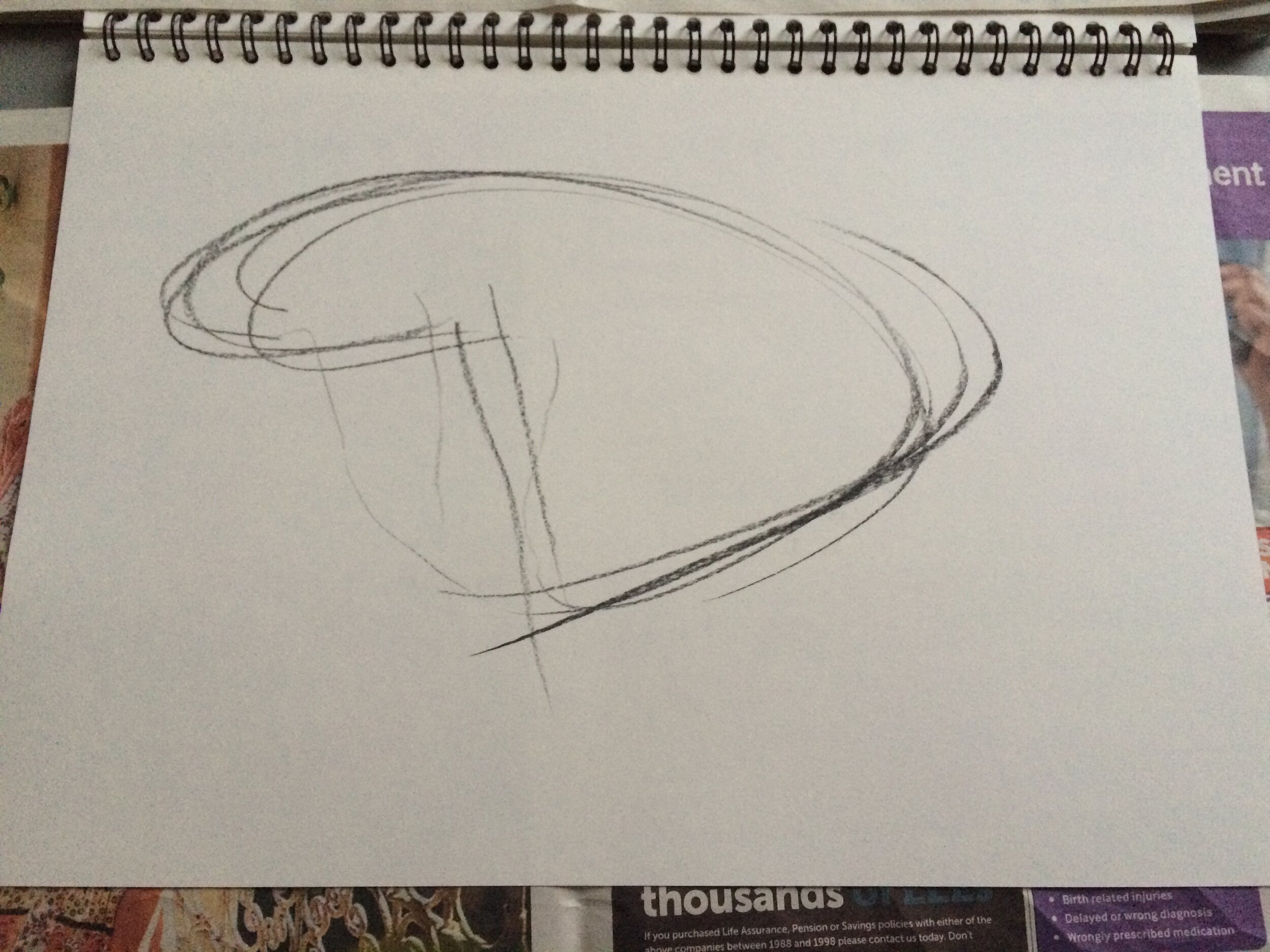
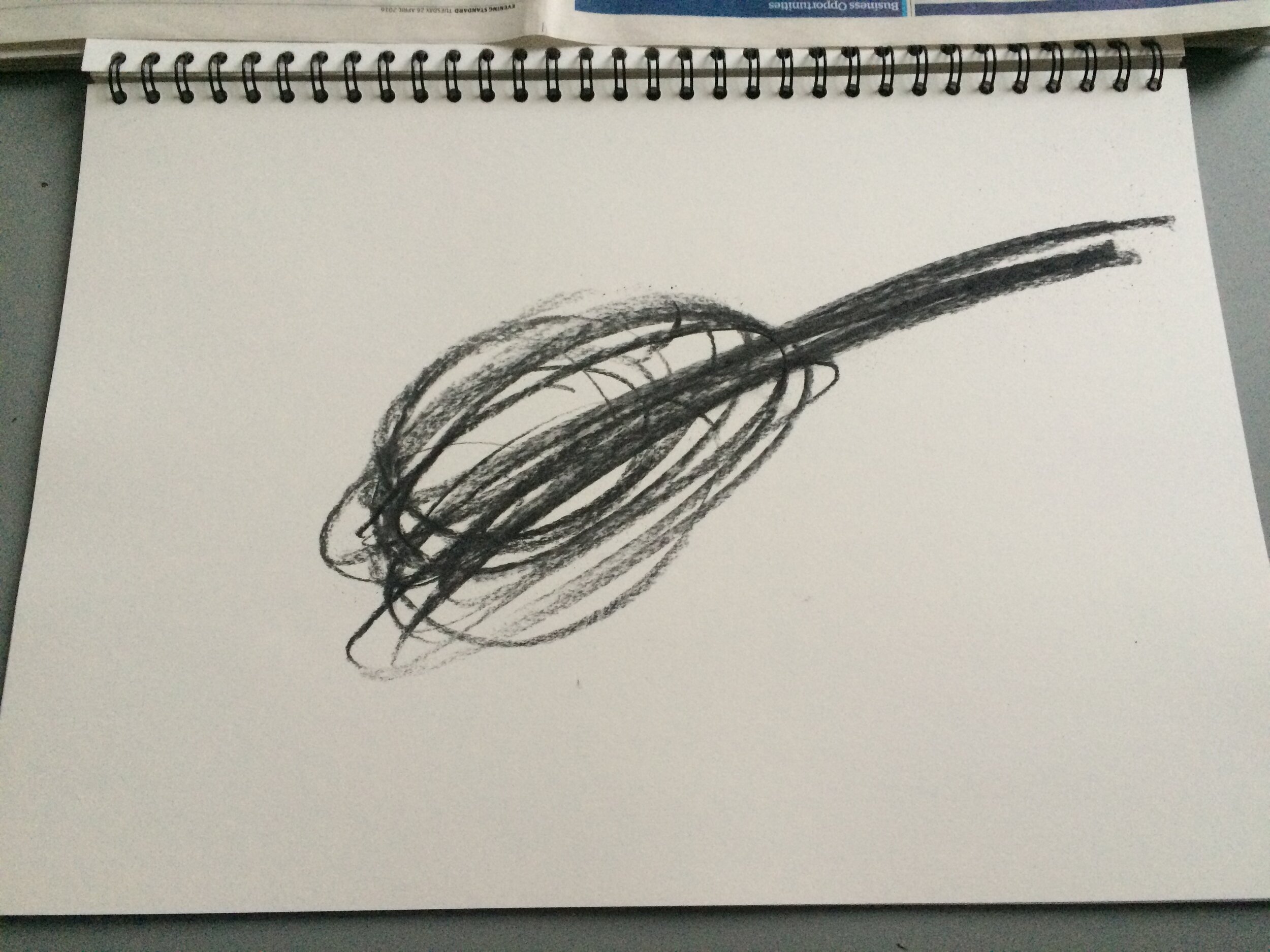
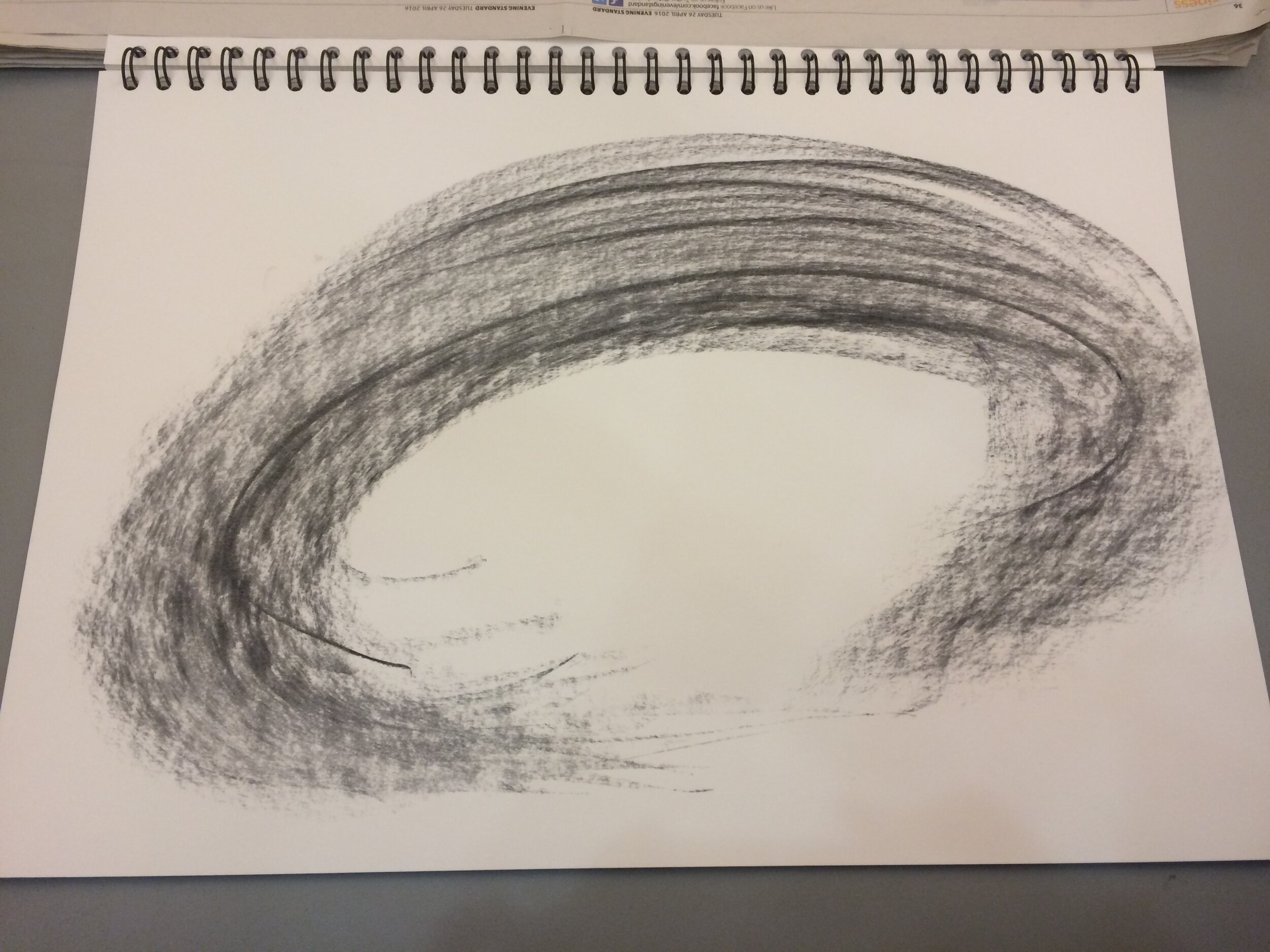





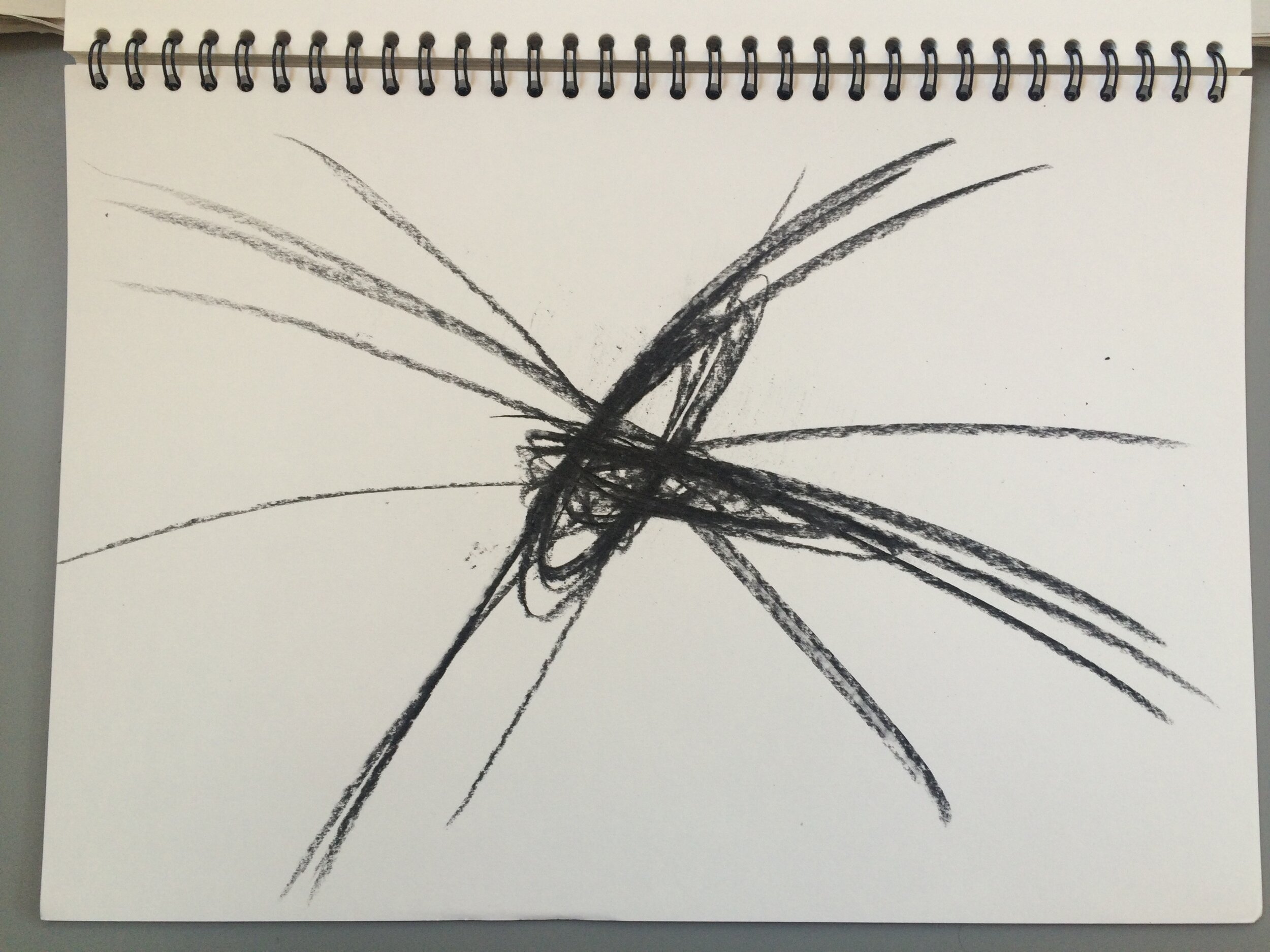


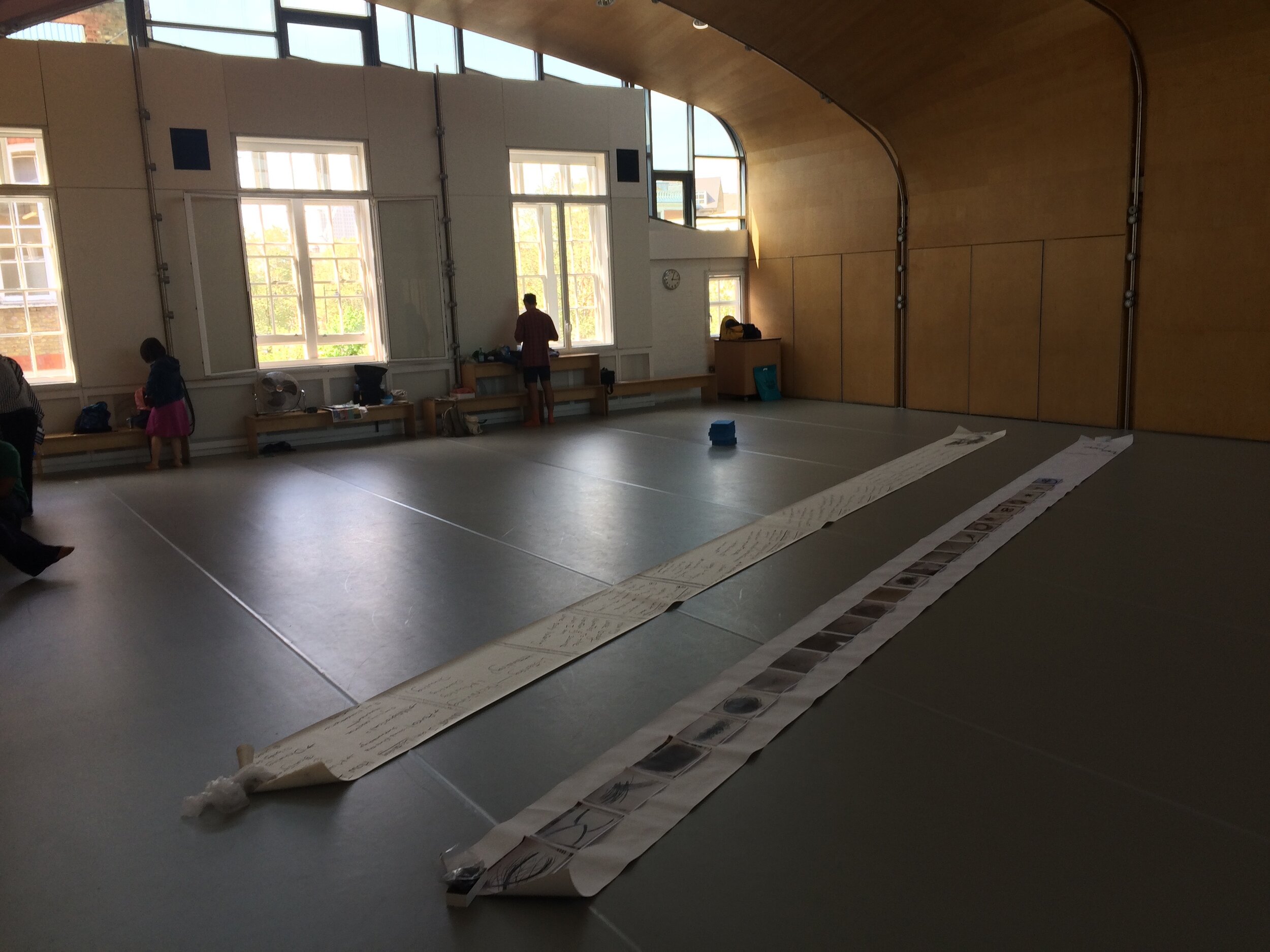
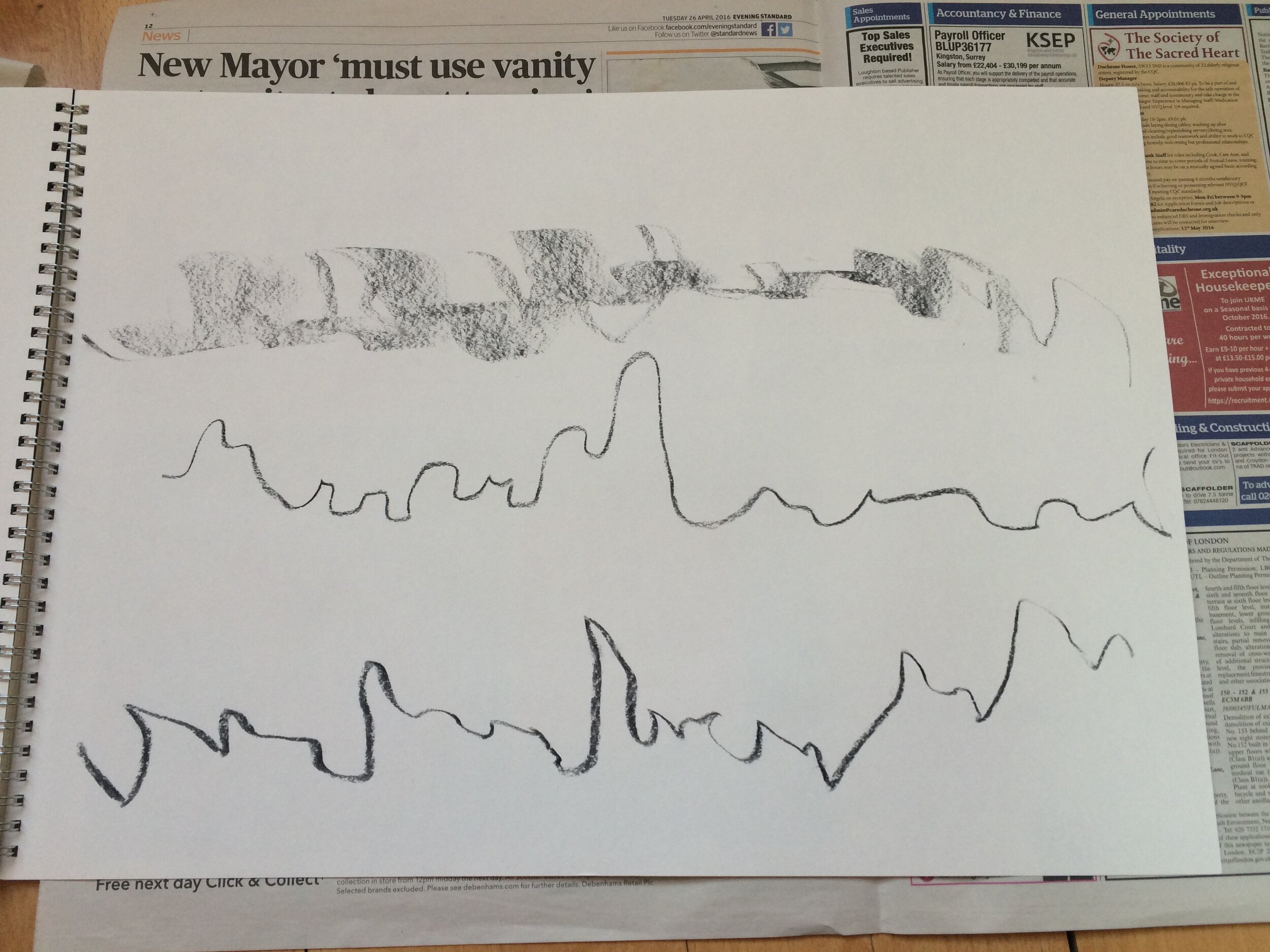

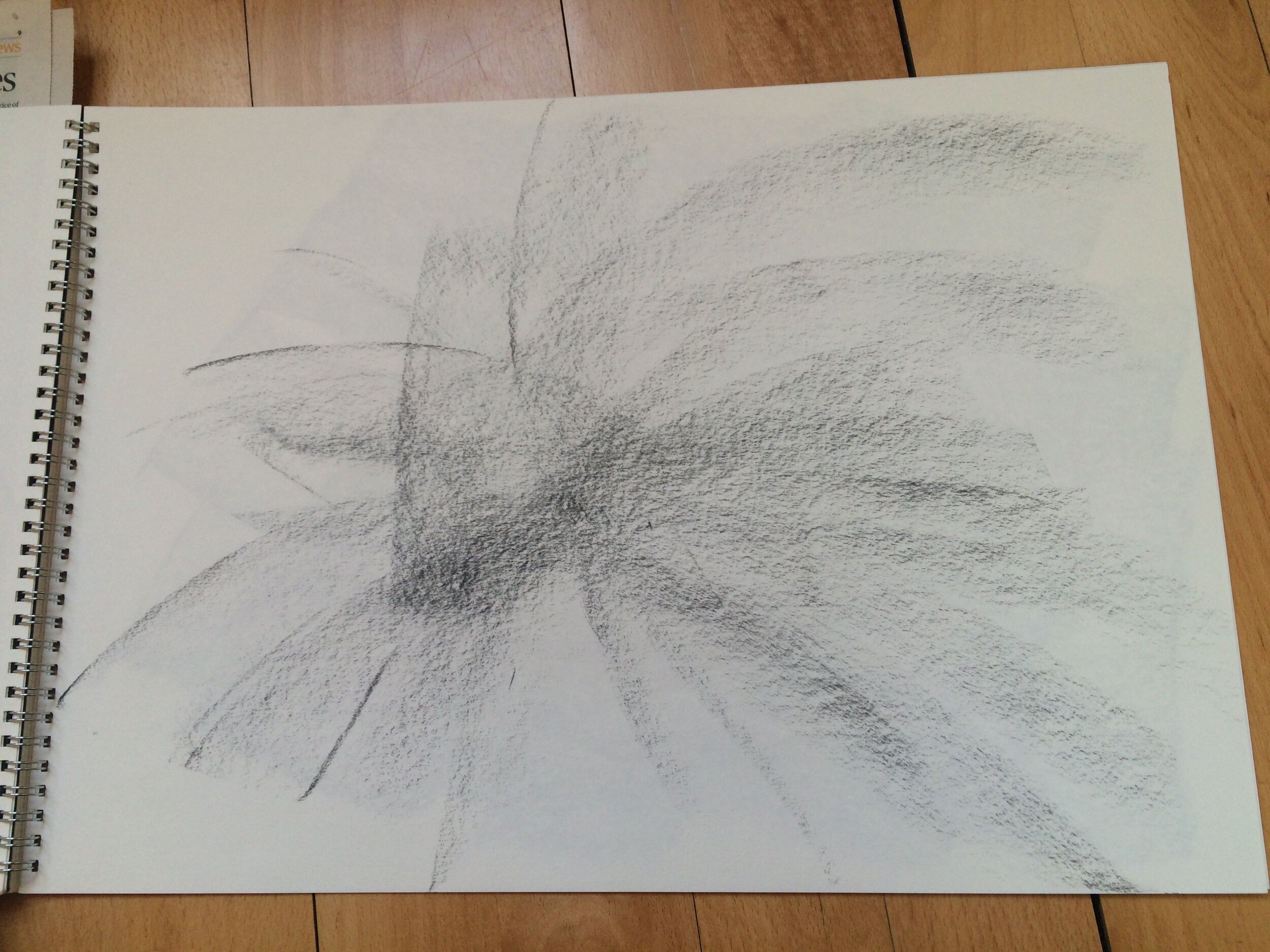








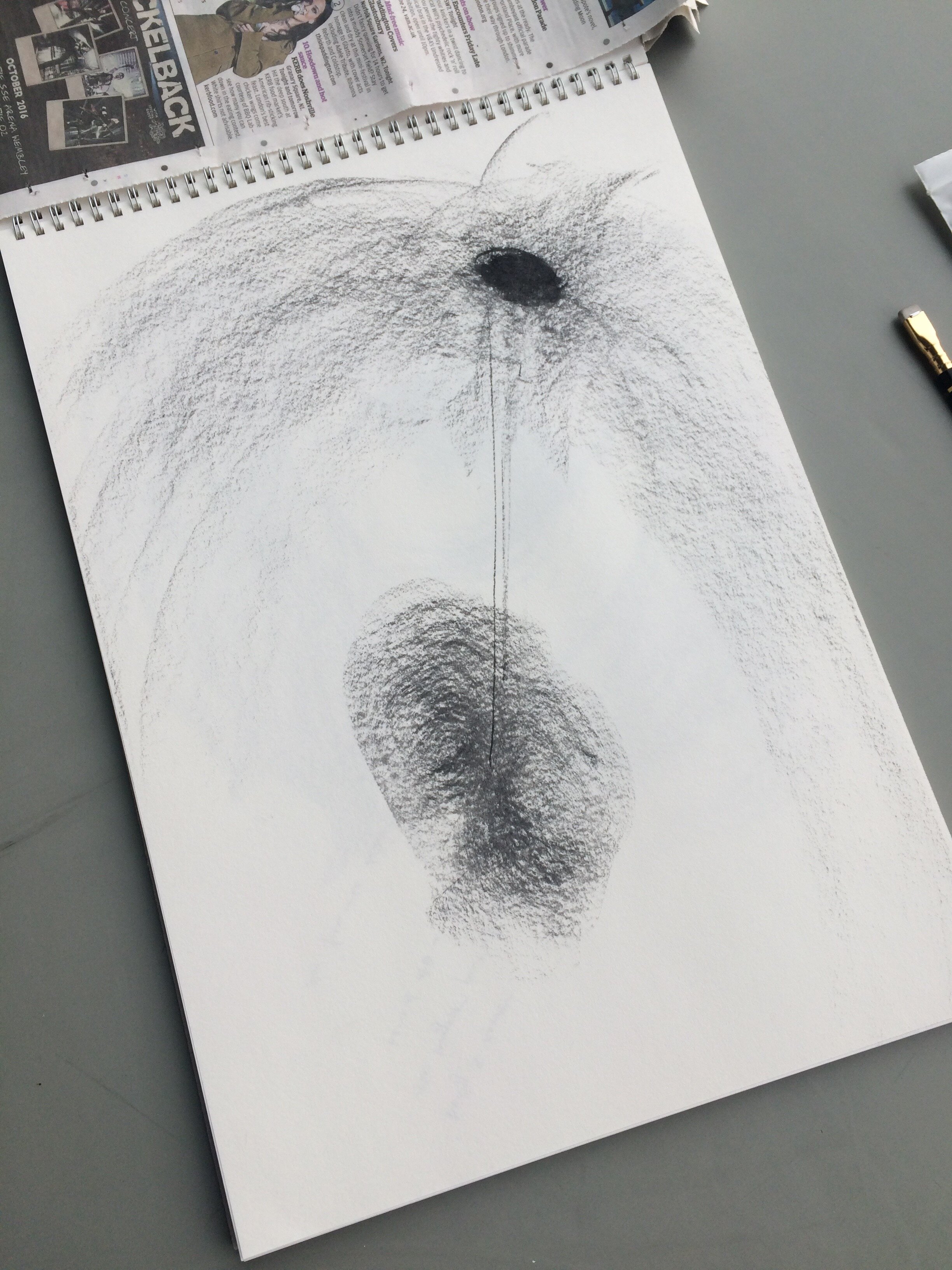
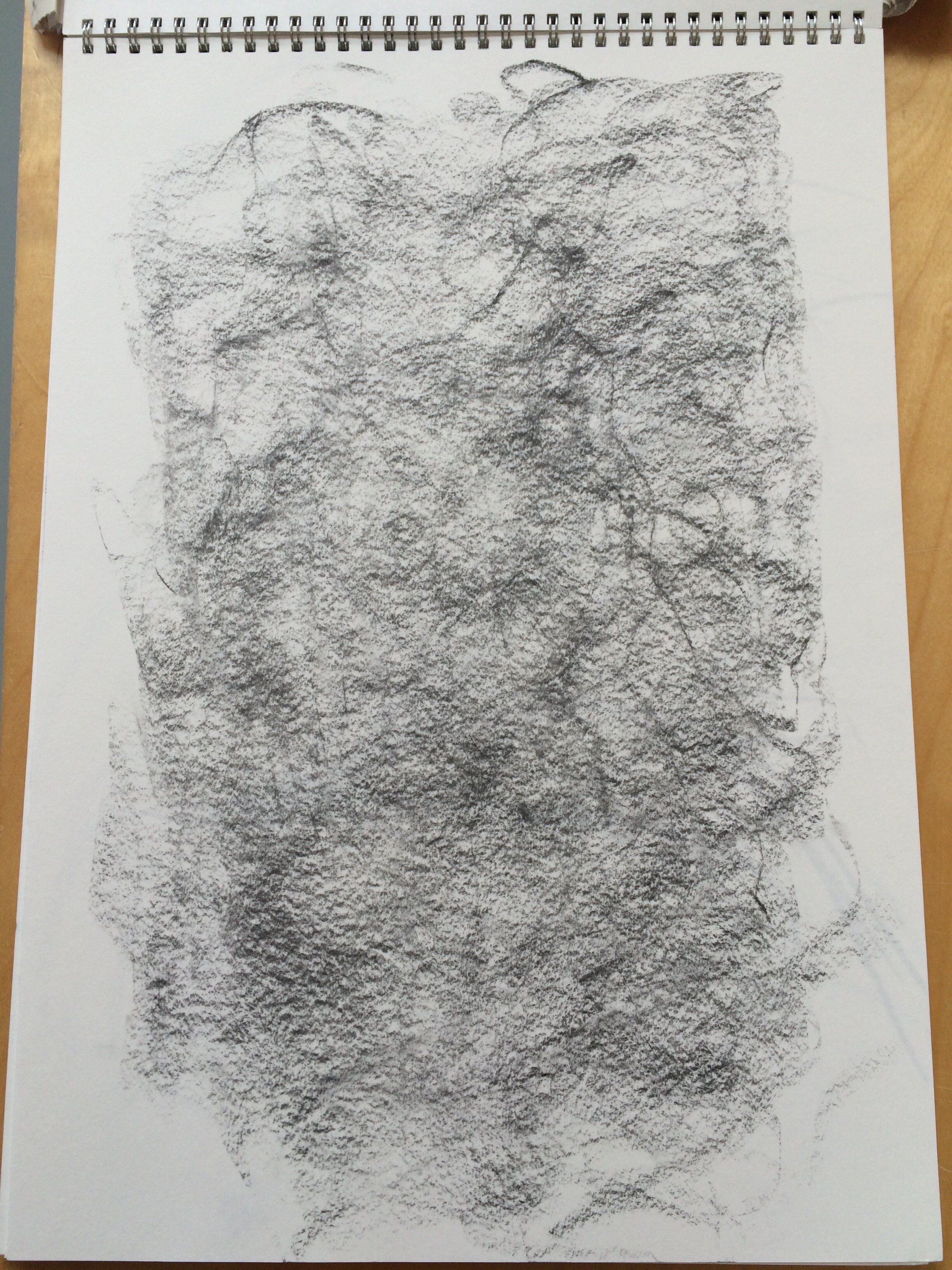
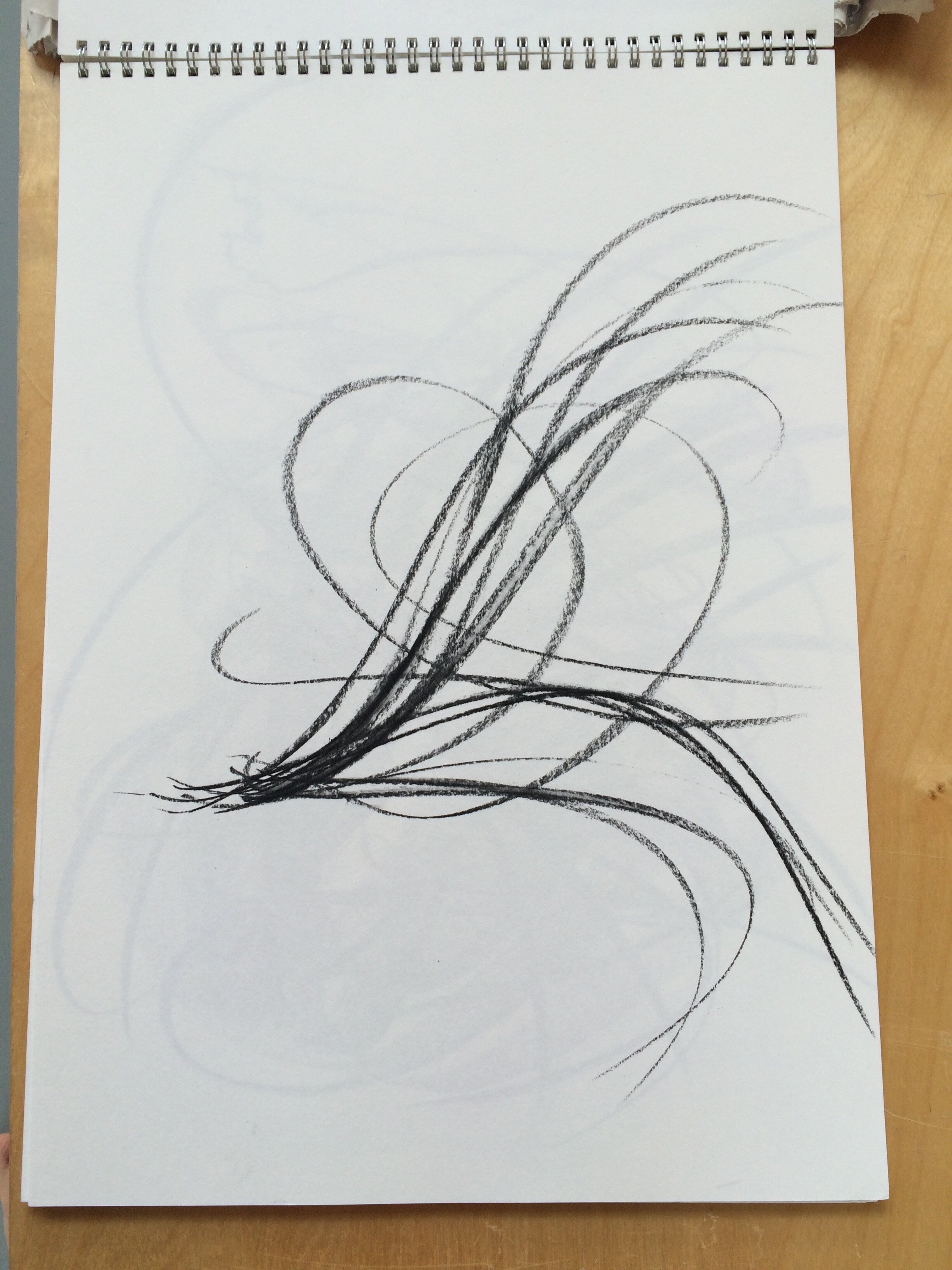






mostly were taken at
Independent Dance London UK,
Apr-May 2016.


